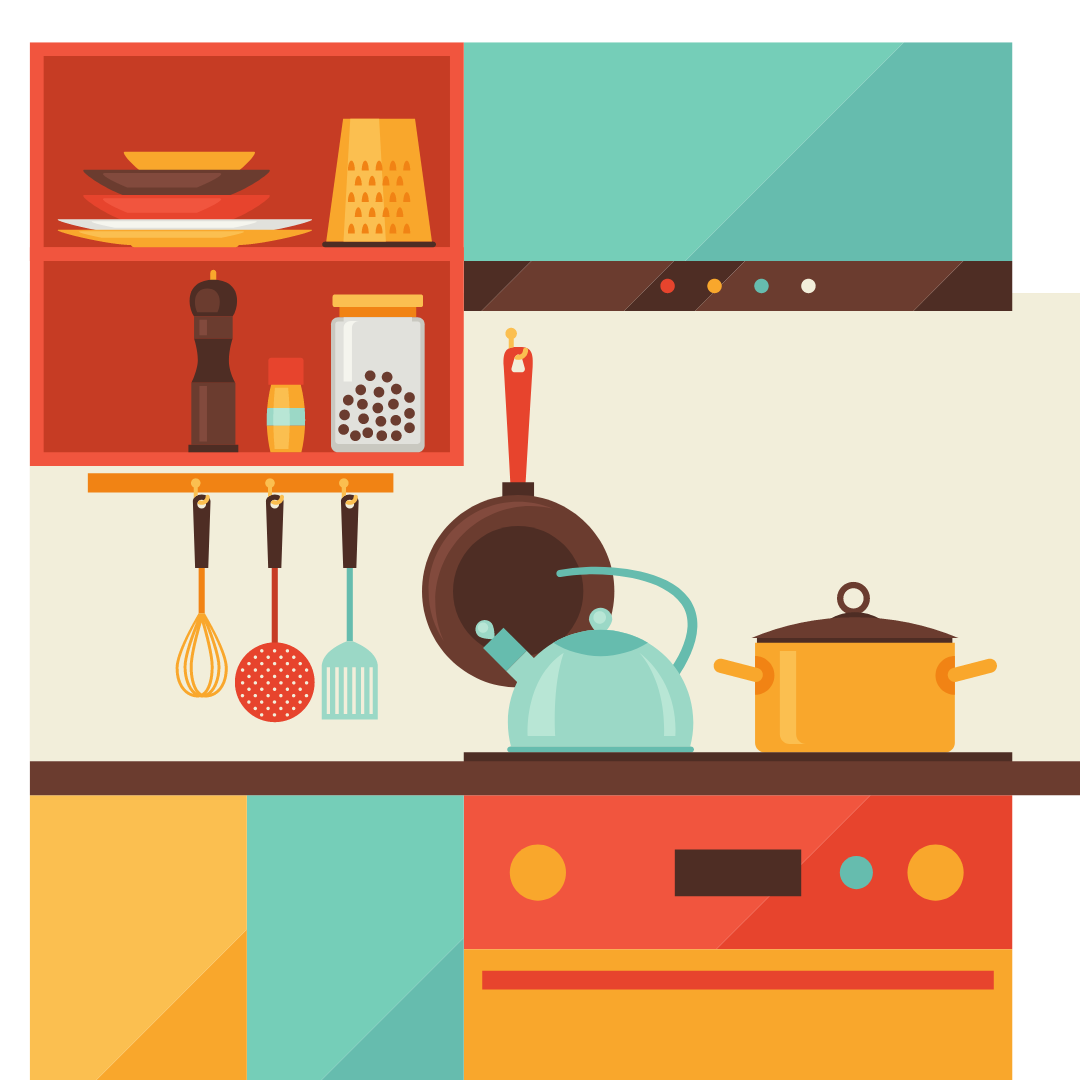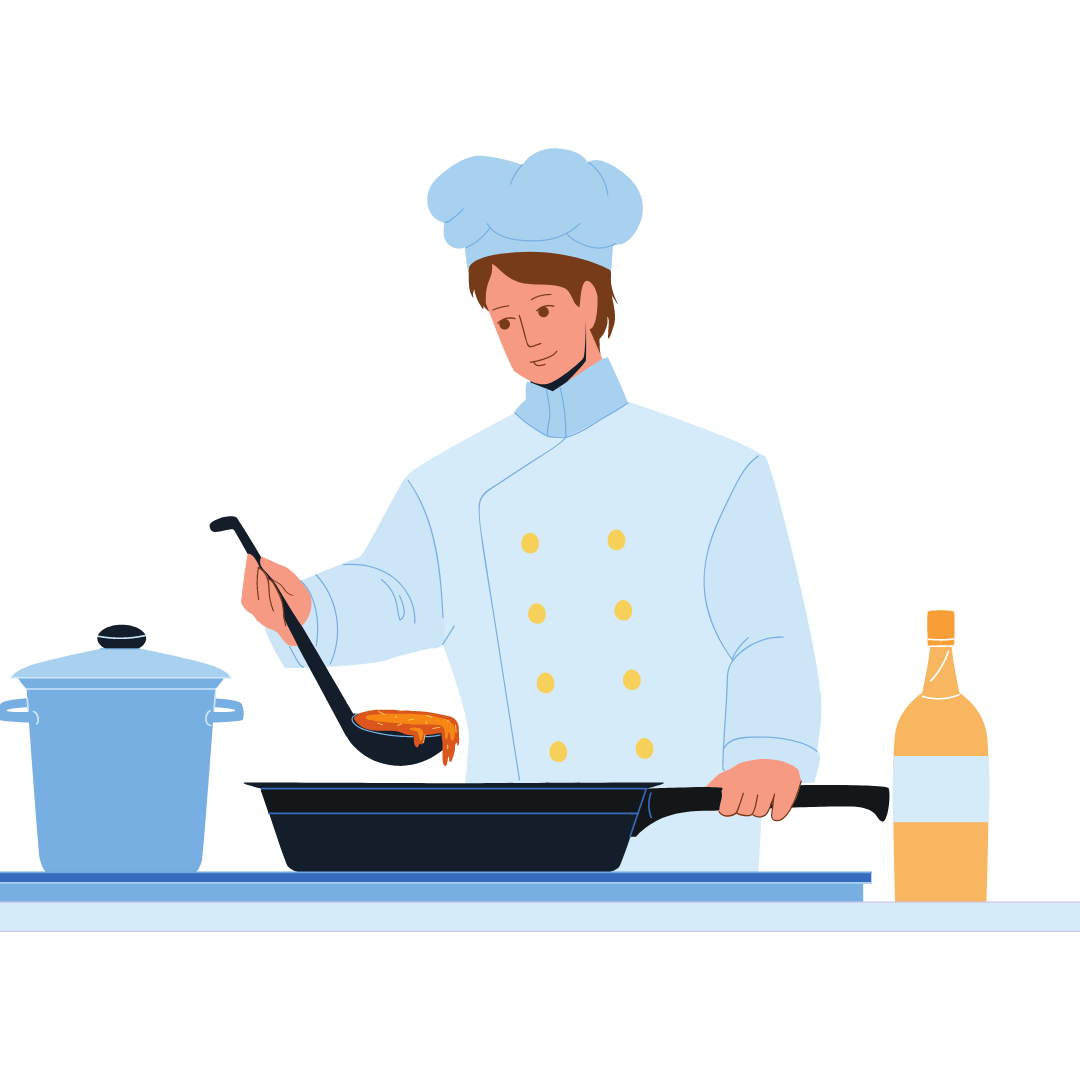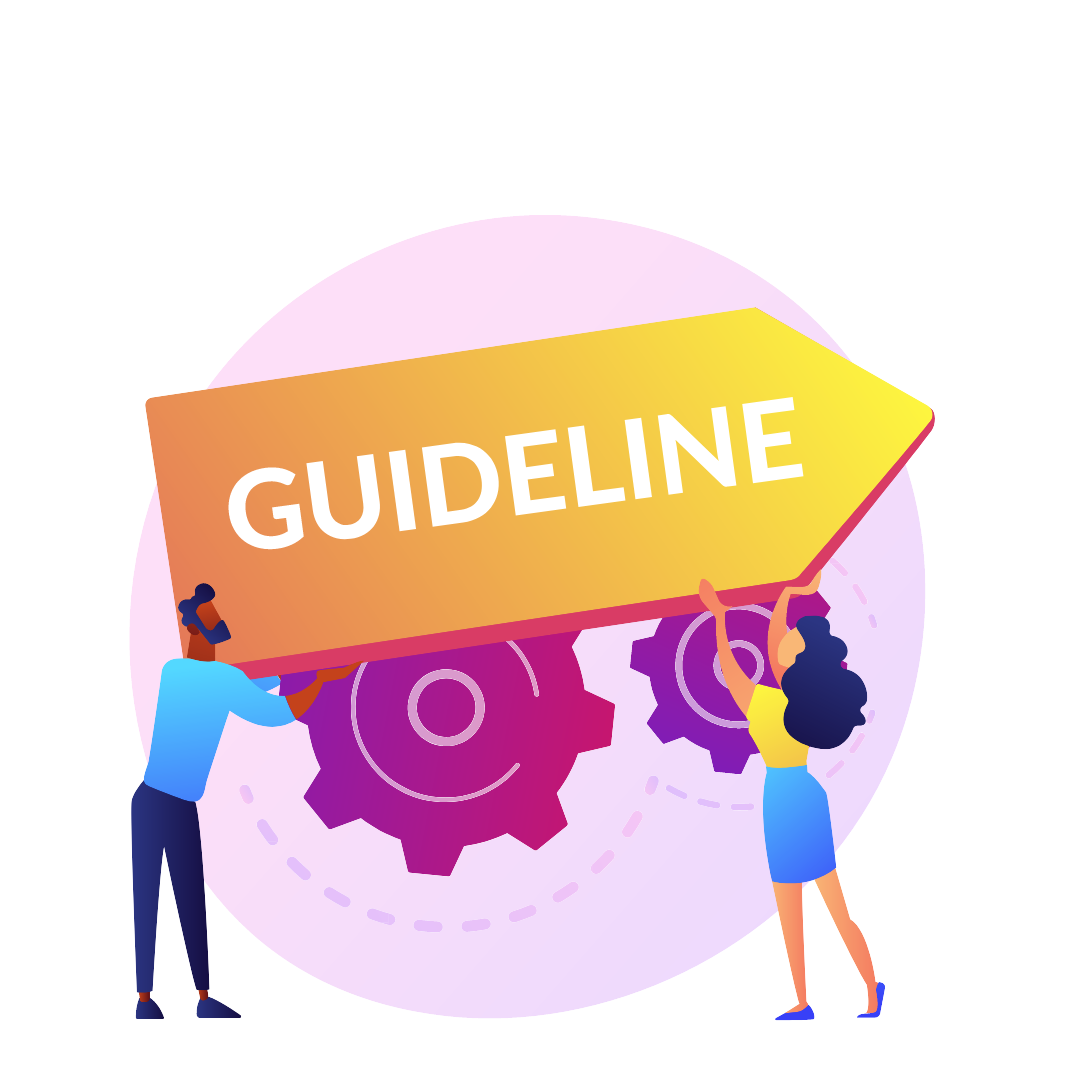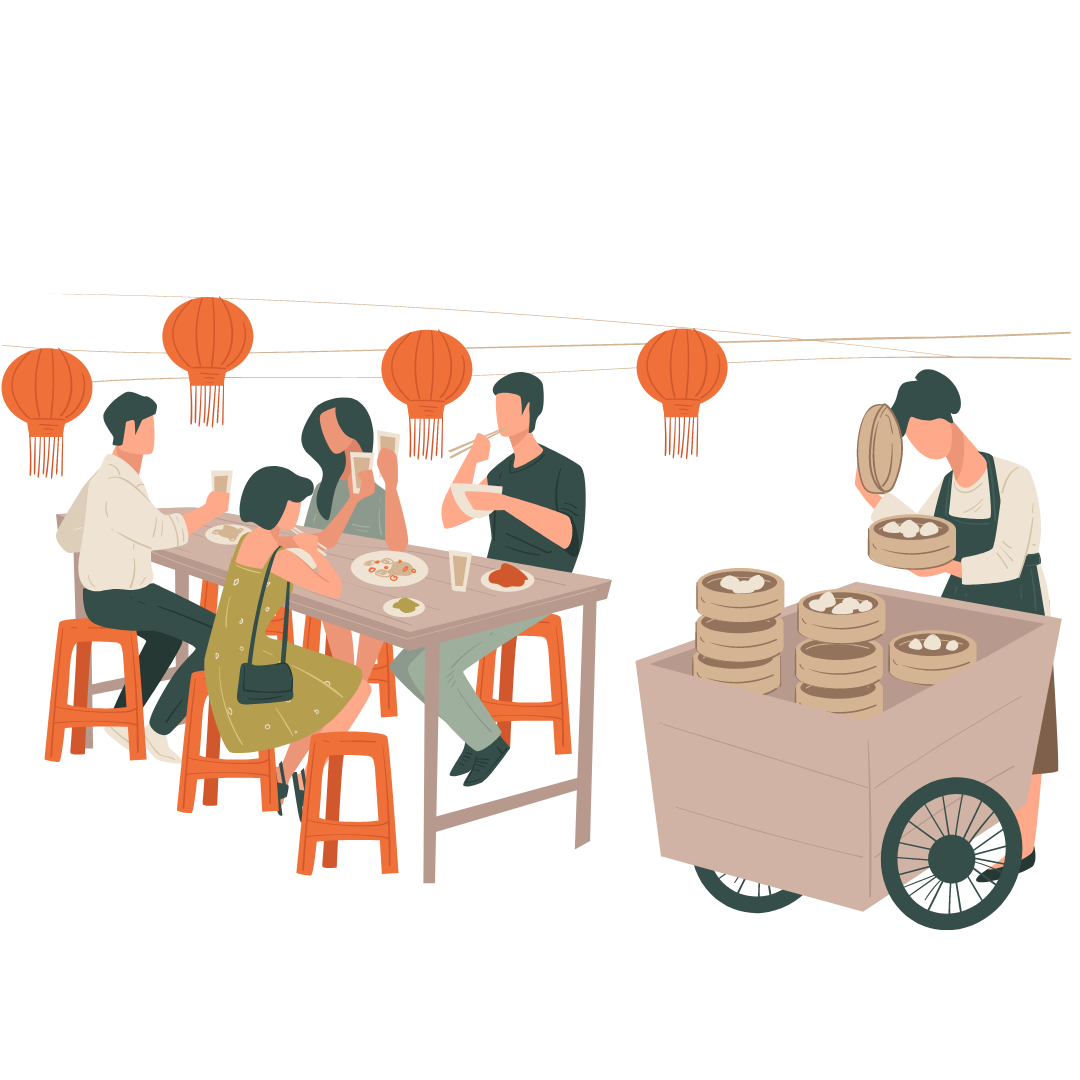Aug 22nd 2022 - Monica Cunanan
Restaurant Cleaning Checklist: Everything You Need to Ensure Cleanliness
More than ever before, restaurant hygiene is critical. Cleanliness has always played an important role in attracting new customers to your restaurant or food establishment and retaining current ones. In today's world, cleanliness is no longer just about appearance; it's also about safety.
Click Here: Printable Restaurant Checklist
If you're looking for a simple checklist template that will help you get organized, then this is the right one for you!
DISCLAIMER: This article is providing informational information only and should not be used as legal or other professional advice. You are responsible for your own compliance with laws and regulatory agencies. This article is providing informational information only and should not be used as legal or other professional advice. You are responsible for your own compliance with laws and regulatory agencies.
What Is a Restaurant Cleaning Checklist?
A good cleaning checklist is an incredibly useful and helpful tool for ensuring all proper cleaning procedures are performed in your establishment on an ongoing, consistent schedule. Checklist categories may include things like the frequency of certain types of cleaning (daily, weekly, etc.), or be divided up by specific areas of the establishment (i.e. front of the store, kitchen, bathroom, etc.). These lists will help you focus on just one aspect of the operation at a time, which makes them ideal for checking off as you complete various aspects of the job.
A checklist for cleaning restaurants is a great tool to help you stay organized and keep you focused on the tasks at hand.
Importance of Having a Cleaning Checklist
Staying Organized
A restaurant cleaning checklist is useful because it keeps you organized, allows you to assign certain jobs to your employees, and creates a restaurant cleaning plan for your team so you can keep on track with food safety regulations. Keeping your equipment clean will help keep your food tasting good and extend the life of your kitchen equipment. Furthermore, a clean and well-maintained dining room will affect your guests and encourage them to return. To complement this easy-to-follow checklist, create and enforce a HACCP (Hazard Analysis Critical Control Point) program in your kitchen.
Customer Safety
 A restaurant that fails to keep its food safe can cause serious illness among patrons. If you're wondering how to make your restaurant better, improving sanitation is one of the biggest parts of it. Now more than ever, with COVID spreading across the globe, it’s important that we take extra precautions when visiting public spaces. A restaurant cleaning checklist is one way to help us stay safe.
A restaurant that fails to keep its food safe can cause serious illness among patrons. If you're wondering how to make your restaurant better, improving sanitation is one of the biggest parts of it. Now more than ever, with COVID spreading across the globe, it’s important that we take extra precautions when visiting public spaces. A restaurant cleaning checklist is one way to help us stay safe.
Adherence to health department regulations and CDC guidelines is especially important when you're working with multiple high-trafficked spaces, each requiring its own set of cleaning procedures.
(See More: Top 5 Complaints of Customers in Restaurants)
Front-of-House Cleaning Checklist
Cleaning up your front-of-the-store is important because the cleanness of your restaurant space affects how your guests feel about your business and whether they decide to return again. Here is the list for cleaning up your front-of-the-house:
Daily Checklist:

If there are any stains on the wall, wipe them off.
- Clean up the tables
- Clean up the condiment and salt and pepper shaker containers.
- Clean up all the counters
- Wash the seats and benches
- Run cloth napkins, tablecloths, and staff aprons through the washing machine
- Clean the carpet
- Take out the trash, recycle, and put away the recyclables.
- Clean the inside and outside of all the trash and recycle bins.
- Clean the floor
- Wash bathroom floors and walls
- Clean and disinfect the toilets
- Clean up bathroom sinks
- Empty out feminine hygiene products' packaging
- Put away the garbage from the kitchen.
- Clean the restrooms
Weekly Checklist:
- Clean the light fixtures
- Washing glass windows and door
- Clean the door handles
Monthly Checklist:
- Wipe clean any decorations or wall art.
- Clean up the ceiling for cobwebs
- Wipe the walls
Back-of-House Cleaning Checklist
It's important to clean the back-of-house area regularly and thoroughly because it prevents cross-contaminated and the spreading of bacteria. Our kitchen cleaning checklist will help you identify which items need to be cleaned in the back of the kitchen.
Daily Checklist:
 If there are any spills, clean them up immediately.
If there are any spills, clean them up immediately.- Make sure to clean the grill, griddle/fryers, ranges, flattops, and deep fryers thoroughly before using them again.
- Replace the foil lining on top ovens, ranges, and flattop griddles
- Clean up any other kitchen appliances, including coffeemakers, microwaves, toaster ovens, and meat slicers.
- Clean up your kitchen counters by disinfecting them with surface sanitizing chemical cleaners.
- Clean beverage dispensers' heads in the sodas fountain, and bars should clean their gun's tips.
- Wash the dishes, cutlery, tableware, and glasses and leave them to air-dry overnight.
- Wash the sink
- Wash clothes, towels, aprons, and uniform items in the washer.
- Replace empty soap dispenser rollers and refill empty paper towel rollers
- Sweep walk-in refrigerators and storage areas
- Take out the trash, recycle, and compost
- Clean the waste disposal bin and empty the trash bins
- Use floor cleaning products to sweep and mop the floors.
Weekly Checklist:
- Clean ovens, especially the walls, doors, and racks.
- Clean the sinks and faucet handles
- Remove the oil from the deep fryer
- Clean and disinfect the walk-in refrigerator and freezer units.
- Wash any anti-fatigue mat
- Clean out the drain pipes using drain cleaner.
Monthly Checklist:

To avoid clogging, wash behind the hotline.
- Clean your coffee or espresso machine by running chemical cleaners through it.
- Sanitizing the ice machine every six months is important for keeping it clean.
- Sanitize the freezer
- Remove dust from refrigerator coil
- Empty grease traps
- Washing walls and ceilings removes grease buildup.
- Clean your ventilation hoods every few months.
- Replace pest traps
Restaurant Cleaning Tips
Preventing Food-borne Illness
Especially during a viral outbreak like COVID-19, make sure to enforce proper hand-washing. All employees must wash their hands with soapy water for at least 20 seconds, even during the rush, even if they're worried a piece of meat might be overcooked in the meantime. Virus prevention is the most important thing.
Bacteria can grow rapidly if they're exposed to temperatures above 41°F (5°C) and below 140°F (60°C). Bacteria can also cause food poisoning by producing toxic substances.
Other factors that can cause foodborne illness in restaurants include:
- Washing your hand properly includes washing your fingers, nails, and between your
- Sick staff who come into the kitchen and cough or sneeze near prep surfaces or on foods.
- Poor storage of food items.
- Toxins from uncooked meats can be passed onto salad greens.
- Proper cleaning of kitchen equipment and eating utensil.
- Contaminated workspaces, equipment, and utensils.
- Food that has been exposed to cockroaches, flies, and other pest infestations.
Complying With the Health Department’s Guidelines

Many restaurants dread the idea of a Health and Safety inspection. If your restaurant gets an unsatisfactory inspection score, it might be forced to shut down for several days or weeks until it passes another inspection. Furthermore, this also affects the reputation of the restaurant,
Don't wait until your restaurant has a poor health rating before making sure your kitchen is clean and safe. Use the health department's sanitation guidelines as a starting point for informing the food safety and cleaning procedures at your restaurants. After all, the guidelines are there to ensure that businesses provide top-quality services and keep their establishments clean and safe for patrons. Contact your local government’s Department of Public Works (DPW) or Environmental Protection Agency (EPA), or whatever agency inspects restaurants, to see if they have any requirements regarding pest control. As we mentioned above, during an outbreak, follow the CDC‘s guidelines for preventing the transmission of viruses.
(See More: Which Agency Enforces Food Safety in a Restaurant? Safe Food Handling Procedures and more)
Keep your restaurants pest-free by reducing opportunities for pests to eat free. Here are some pest prevention tips for restaurants:
- Clean up any leftover food from your cooler.
- Clean equipment immediately after using it.
- Keep food-contact surfaces clean and free from grease.
- Keep foods in air-tight containers.
- Don't let trash bags sit around the house; instead, move them to the garbage bin.
- Tray stray fruit flies with a small cup of soap mixed with tequila or apple cider vinegar.
Trained Staff When It Comes to Food Safety
To ensure that everyone who dines at your establishment enjoys a safe, sanitary eating experience, educating and training your entire staff from front and back-of-house is essential. During times of crisis, this training becomes even more important.
- Post reminders on particular cleaning procedures in strategic places like above the sink and next to the time clock.
- Regularly share short training videos with restaurant cleaning tips via email.
- Spot check staff cleaning behavior just as the health department would (grades optional).
- Celebrate exemplary cleaning habits among your team so others might model their behavior.
Prioritize Customers
To ensure that your restaurant stays clean and sanitary, abide by health department guidelines. However, if you want to provide an even better dining experience for your guests, consider putting yourself in their shoes and making sure you aren't overlooking any aspect of the dining experience that needs attention. Here are some things to think about:

Does the restaurant’s entrance look neat and inviting — the sidewalk clear of trash and the window sparkling?
- Are the tables clear, the seats free from dust, and the menu clean of smudges?
- Tables and floors have been cleaned and swept since the last time they were used, and napkin, condiment, and arrangement settings have been reset.
- Is there enough toilet paper, hand towels, and soap available for everyone?
Need Dinnerware/ Equipment for your Food Business?
Here at CulinaryDepot, we carry all kinds of commercial kitchen equipment and dinnerware for your business. Learn more about the tools for professional and home bartenders. Get in touch, and we'll help you get all the restaurant equipment you need to run your business!


